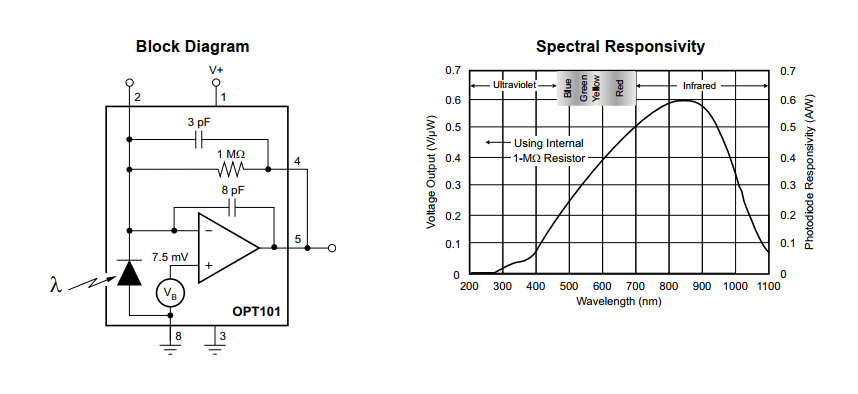WE ARE USING OPT101 PHOTO-DIODE ,IN OUR APPLICATION THE VOLTAGE OUTPUT AT OPT101 IS 1mV, WE WANT TO AMPLIFY THIS SIGNAL WITH VERY LOW NOISE. CAN ANYONE SUGGEST ME THE OPAMP SUITABLE FOR THIS? THE OPERATING REAUENCY IS 10KHz.
THE PROBLEM WE ARE FACING IS THAT OUR SIGNAL IS OF 1mV BUT THE NOISE OUTPUT AT THE OPT101 END IS AROUND 22mV. BECAUSE OF THIS WE ARE UNABLE TO DETECT THE SIGNAL. CAN ANYONE SUGGEST THE OPAMP FOR THE SAME AS WELL AS HOW TO REDUCE THE NOISE FROM THE SIGNAL.?



